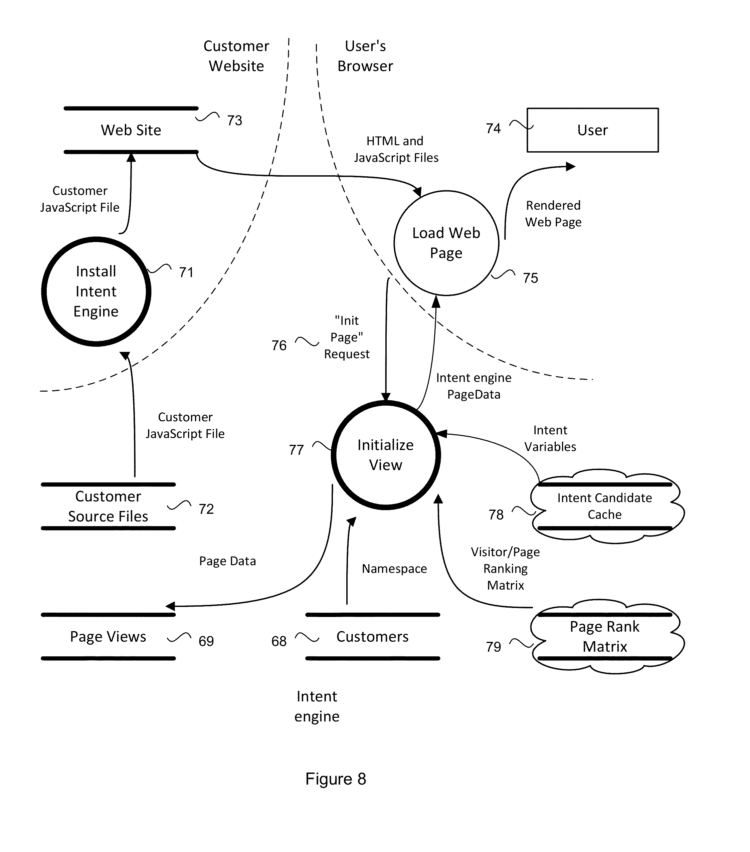by Dennis Crouch
USC IP P’ship, L.P. v. Meta Platforms (Facebook), 22-1397 (Fed. Cir. August 30, 2023)
In a non-precedential opinion authored by Judge Pauline Newman, the Federal Circuit has affirmed USC IP Partnership's asserted patent claims are all invalid. Back in 2020, USC IP sued Facebook for infringing its U.S. Patent No. 8,645,300. The arguably pro-patentee Judge Alan Albright served as the district court judge. Like Judge Newman, he had also found the claims invalid as unduly directed to an abstract idea. USC IP P’ship, L.P. v. Facebook, Inc., 576 F. Supp. 3d 446 (W.D. Tex. 2021) (granting summary judgment of ineligibility).

To continue reading, become a Patently-O member. Already a member? Simply log in to access the full post.